The Belgian German camp
The word camp plays a significant role in the title. The sun was shining, and I was gearing up to get out on my Moto Guzzi and ride through the beautiful Belgian countryside.
On my recent bike journeys, I constantly passed through military cemetery locations, and there was always a view of history. I wanted to learn more about it, and I wanted to visit a concentration camp in Belgium to witness history firsthand.
After driving past it several times, I decided to view the Campsite of Breendonk in Belgium up close. The Terror Campground and the Madness Campground are two more aliases for the campsite.
Breendonk, near Willebroek, is a Belgian town. It is centrally located in Belgium. I could get to the camp and back on a 180-kilometer road trip.
I brought all of my camera equipment, but once I arrived at my location, it was clear that I needed and wanted to capture the images only in black and white. I used a 50mm lens on my Leica M Monochrome.
I became cold in my body as soon as I saw the gate, and I couldn’t get it warm again. The terror you feel as you pass through that impressive gate is indescribable!
Having a small walkman helped me to listen to the many stories of the guided tour. My visit really transports you back in time.
The mouth is wide open as you walk into the fort hall and into one of the first rooms, which contains a list of people who have been killed. I went into complete silence and shot my images with the deepest respect for history.
The camp’s kitchen is depicted in the photos to your right. The prisoners had almost no food because the camp was notorious for allowing people to starve.
There was an open area next to the kitchen where the prisoners and hostages were gathered to work. The inmates had to excavate and fill the iron railcar with stones in order to create an open area next to the fort.
When I return to the fort, I notice two mannequins dressed as German officers from World War I. The fort was in use from 1940 to 1945.
There is a great deal of terror to be felt when entering the prisoner cells. They had very limited seating options and were required to sit for long periods of time. When they could come out without any food or drinks. When the doors opened, every prisoner was terrified. They might be summoned to the torture chamber or merged.
The torture room was located at the end of the fort hallway. The screaming of the torturers in the torture room could be heard by those in the cells. In the fort, there was a lot of fear.
The torture room, where women and men were branded and beaten, is depicted in the photos below.
I continued my route, still shocked by the scenes I had captured. I entered the fort’s sidewings.
The inmates in the side wings had to stay alive in dreadful conditions. They installed showers after the fort had been open for a while. Everything is portrayed in the photographs.
The officers played with the water for the short amount the prisoners had to clean up, according to the guided tour. The inmates were burned with boiling hot water, while some were frozen to death with ice cold water.
I continued my trip after my visit to the showers. My tour took me to the pad next to the entire fort, as well as the location where the prisoners had to dig out a space.
A area where people had been executed was right next to that open space. I approached the location with a great deal of respect and decency.
It’s terrifying to read all of the names next to the execution location. So many names, so many young people who should have been having the time of their life at the time and were instead arrested without committing any crimes.
You can’t help but feel terrified as you go around this property. To continue my sight-seeing, I walk straight to a bridge. Over 3500 people crossed this bridge to enter the camp.
A rail wagon, for example, was parked near the bridge. After going through the bridge, many people who’s lives would be transformed.
The first time you cross the bridge, you realize how much opportunity we have. I had the chance to ride my bike to this place and cross this bridge, and it had a deep emotional impact on me.
When you consider that people had to cross this bridge while being beaten and yelled at. Weapons pushed against their head and beaten. Over 3500 people were killed, and they’ll never crossed this bridge again.
Today, we must live in harmony with one another. In the year 2021, why do we require so much jealousy, hatred, and materialism? Love can help curb all forms of hatred, illness, and other negative emotions.
Be grateful for what we have and who we are, and keep striving to do our best every day to give our best.
This trip made me even more aware of what is happening in the world. I’m grateful for the opportunity to capture this on film, and I’m grateful for the opportunity to do so.
I did write this blog with all respect to all families and individuals who have lost friends and loved ones.
Everyone be at peace!















































What a beautifull testimony Willy to all those who sacrifised there lives for us
Let us not forget..
absolutely George ! Thank you